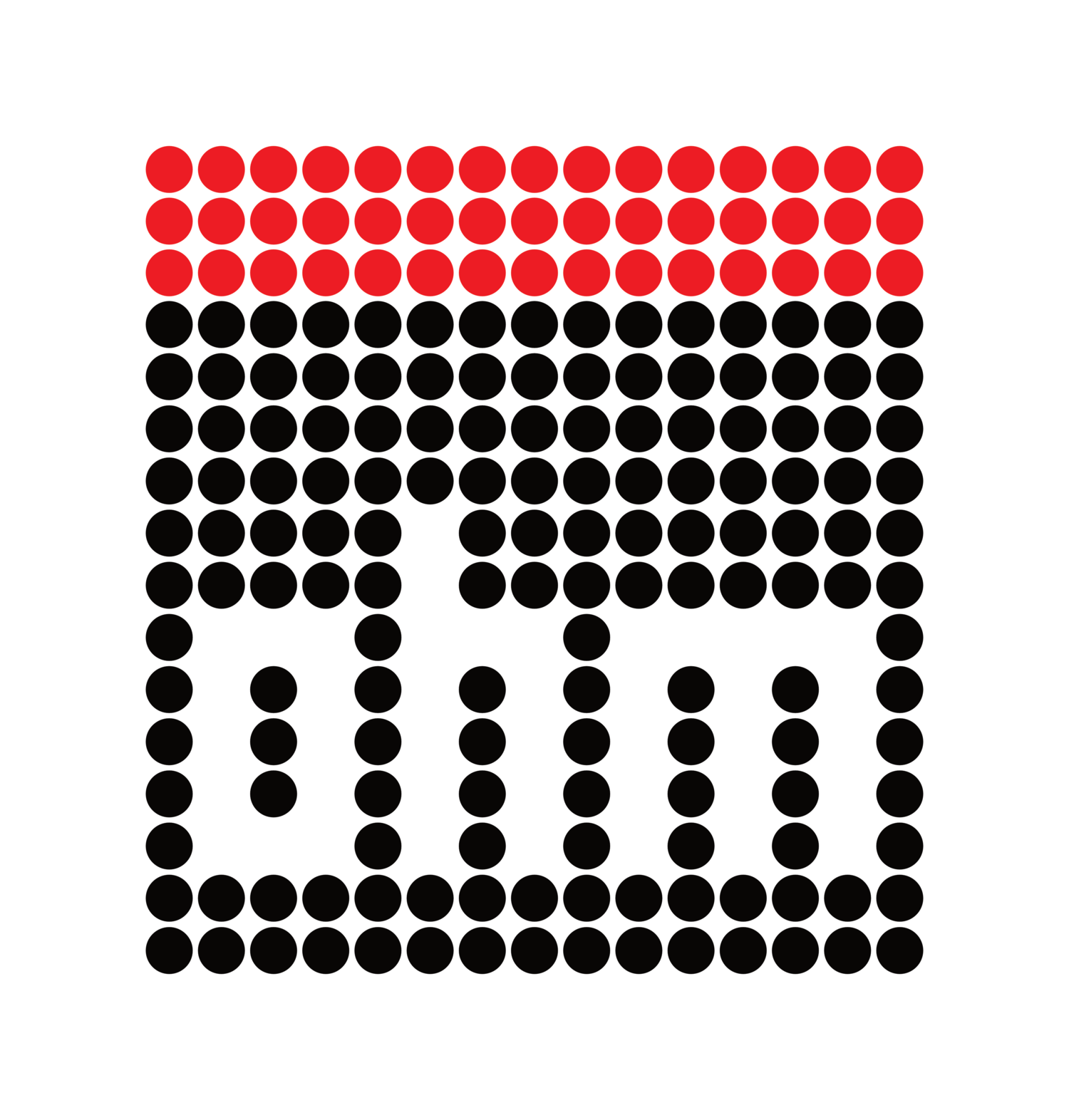Disclaimer: I purchased the The Bit Audio Opus#1 at a significant discount for the purposes of the review I published at Headfonia. This DAP goes for 650$ to 750$ USD. You can find out all about it here: High Definition & High-Resolution Audio Player.
Relevant links:
Review: Cowon Plenue D
Review: Astell&Kern AK380
Review: Astell&Kern AK Jr
Review: Mojo-Kai Balanced Mojo
RMAA: Mojo-Kai
RMAA: Onkyo DP-X1
RMAA: Astell&Kern AK380
RMAA: Mojo-Kai
RMAA: Astell&Kern AK Jr
RMAA: Cowon Plenue D
Bad joke alert: The title of my Headfonia review - THE BIT AUDIO OPUS#1 – MOUTH KOREA - wasn’t as clever as I thought and didn’t translate well. I’m not about to change it, but as with all bad jokes, it needs explanation. The Bit Audio Opus#1 is a mouthful, hence the use of mouth in the title. And mouth rhymes with south, the absolute location of which Opus#1’s manufacture is located in relation to North Korea. Voila! Mouth Korea.
Personal remarks
While I dislike the idea of a plastic DAP sold at over 600$, I generally like Opus#1’s navigation system, clear volume controls, and USB upload speed, which completely eclipse the AK Jr’s. “Oppy” is a very good DAP. It even mostly nails gapless AAC and MP3 files, which non-Apple competition has yet to master.
Oppy is large, its screen is incredibly bad, and its battery life is just so-so. But it returns a slightly warm, comfy sound, less shouldery than the AK Jr, and at odds with the super cleanly AK380. It’s not the NOS old, comfy sound you enjoy from some multi-bit DACs, but it sure is nice.
It gets a bit louder than an iPhone 6, but is less stable at the same volume, but is wildly more stable at matched volumes than the AK380 in both balanced and unbalanced operation. The AK380 measures far better without load.
VS. the DP-X1, Oppy clearly handles balanced loads better, and attains good marks as a player whose balanced output capably (but not perfectly) handles load. This is a first.
If only it hissed less and balanced the generally excellent performance of its single-ended output with its fine-performing balanced output.
Whatever. The price is somewhat right. The navigation GUI is good, and the performance is just about right. Good job.
The following Rightmark Audio Analyzer tests were conducted through this equipment.
Source: The Bit Audio Opus#1
ADC: Lynx Studio HILO LT-TB
Computer: 2012 27" iMac
Cables: 1,5m Hosa Pro 3,5mm stereo to dual 3-pin XLR (around 8$); bespoke y-split 2,5 TRRS to dual 3-pin XLR made by Musashi Sound Technology.
Loads:
NL - no load
SM2 - Earsonics SM2
S7 - Audio Technica ES7
NOTE: I decided to not publish scores for the DT880/600Ω because the headphone presents almost no load to the Mojo. That, and mine’s not balanced.
24-bit TARGETS and loads (+6dB)
24-bit SE NL summary (+6dB)
24-bit balanced loads (+6dB)
24-bit BAL NL & SM2 summary (+6dB)
End words
The Bit Audio: how’s about you ditch the plastic? When you can do that, you’ll have one of the MUST-HAVE hi-end players for a price palatable to most people looking to move on up from phones and budget players. Keep the same single-ended performance, but better up the balanced a bit. As it stands, Opus#1 is the player I recommend for someone with a Jonesing for balanced that doesn’t like to use external amps.





